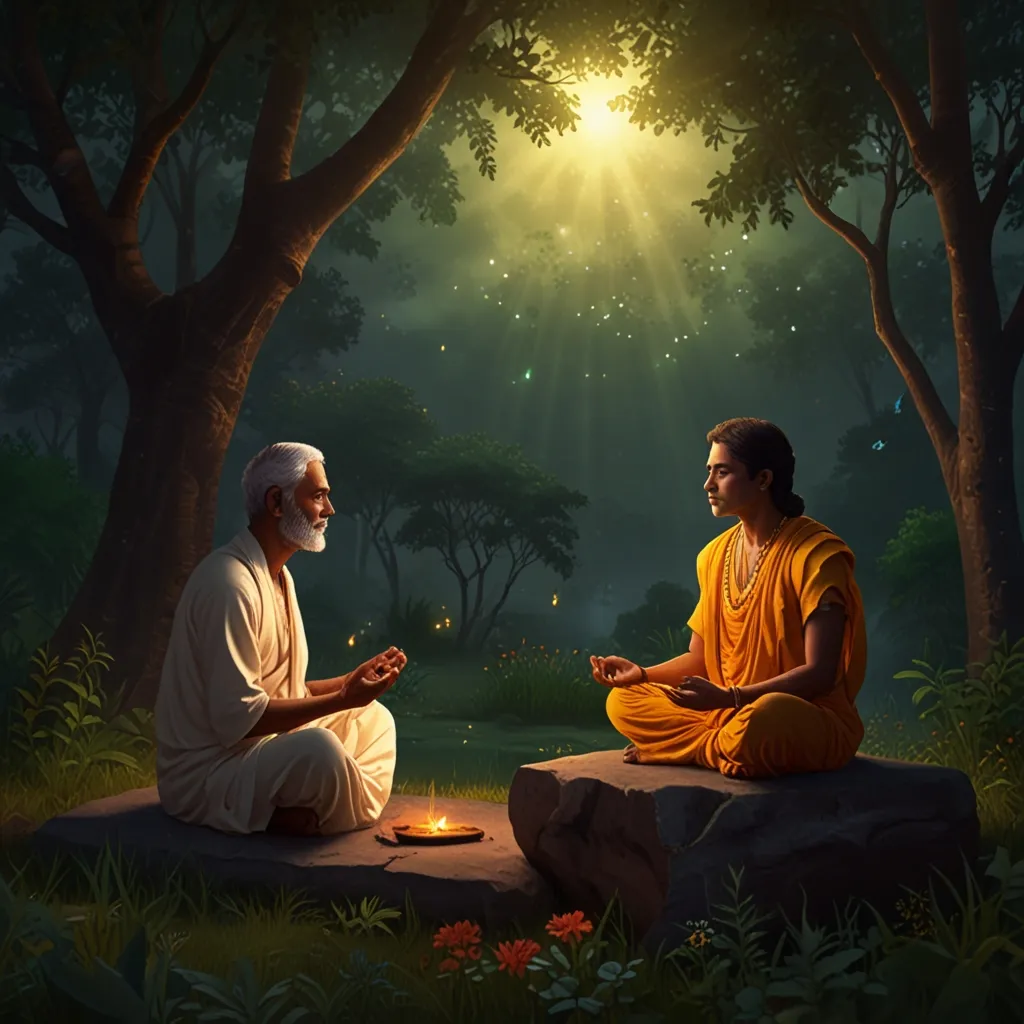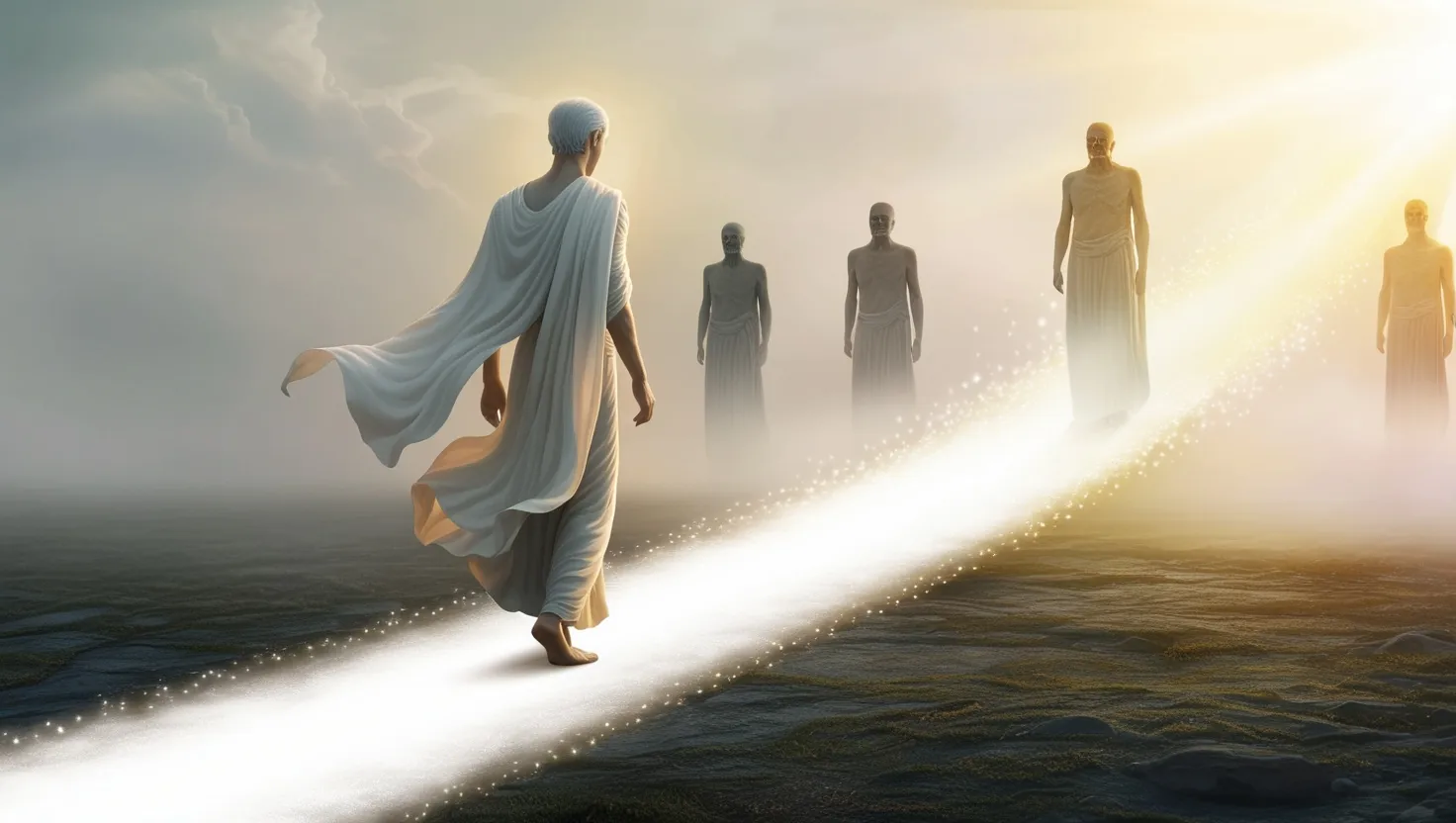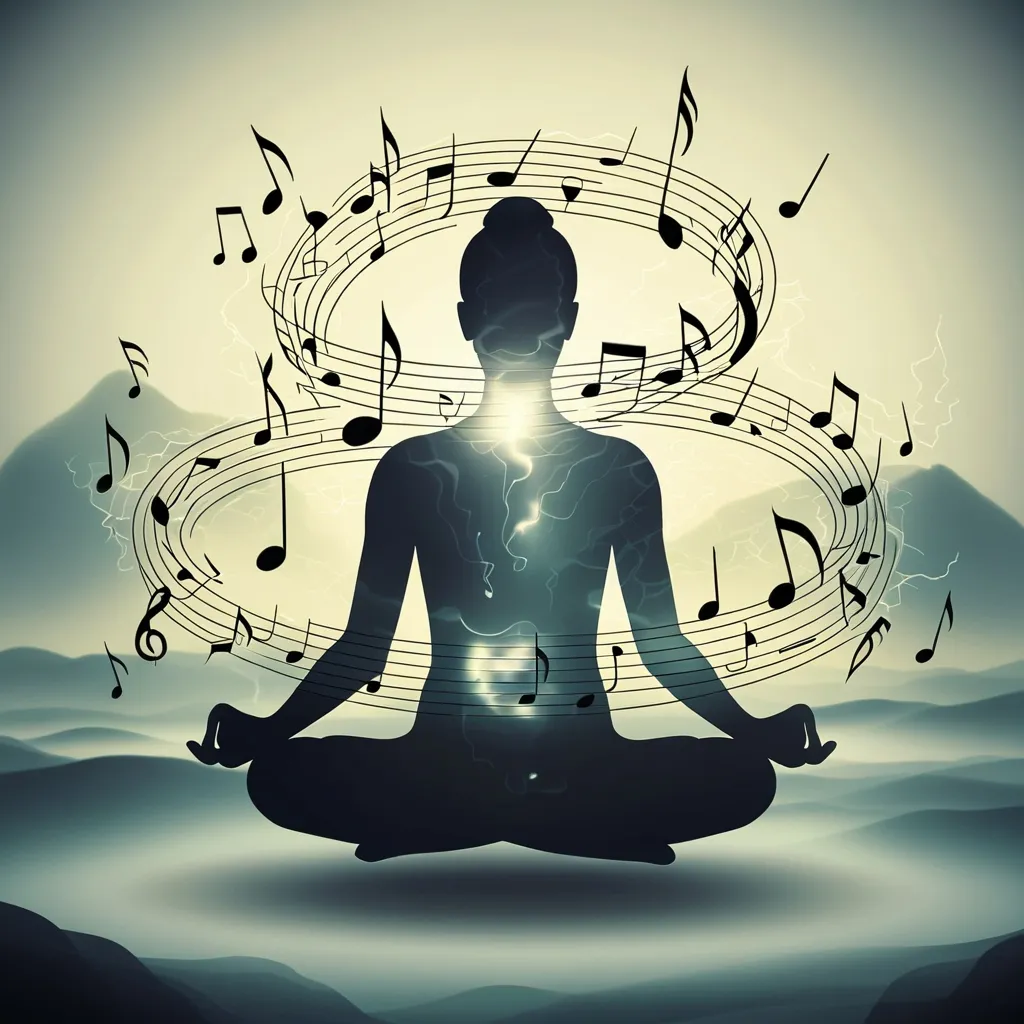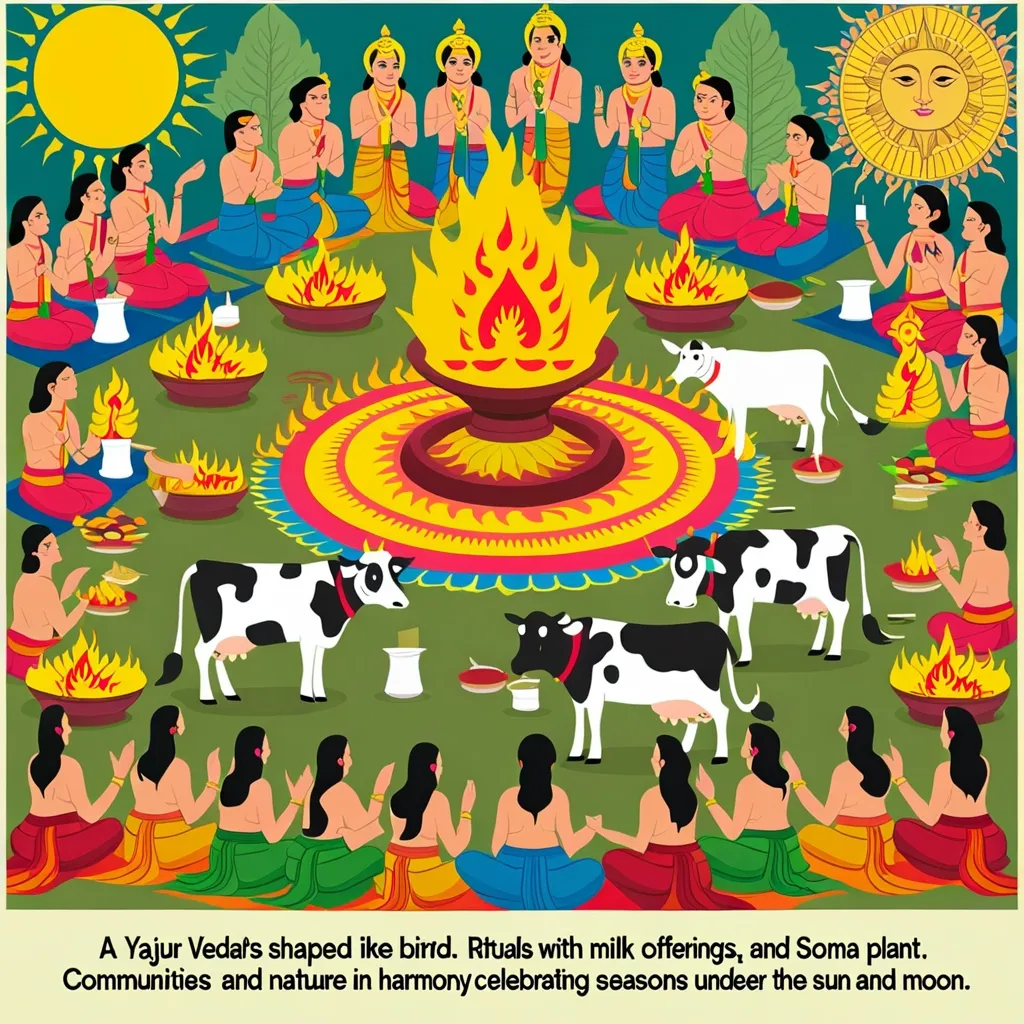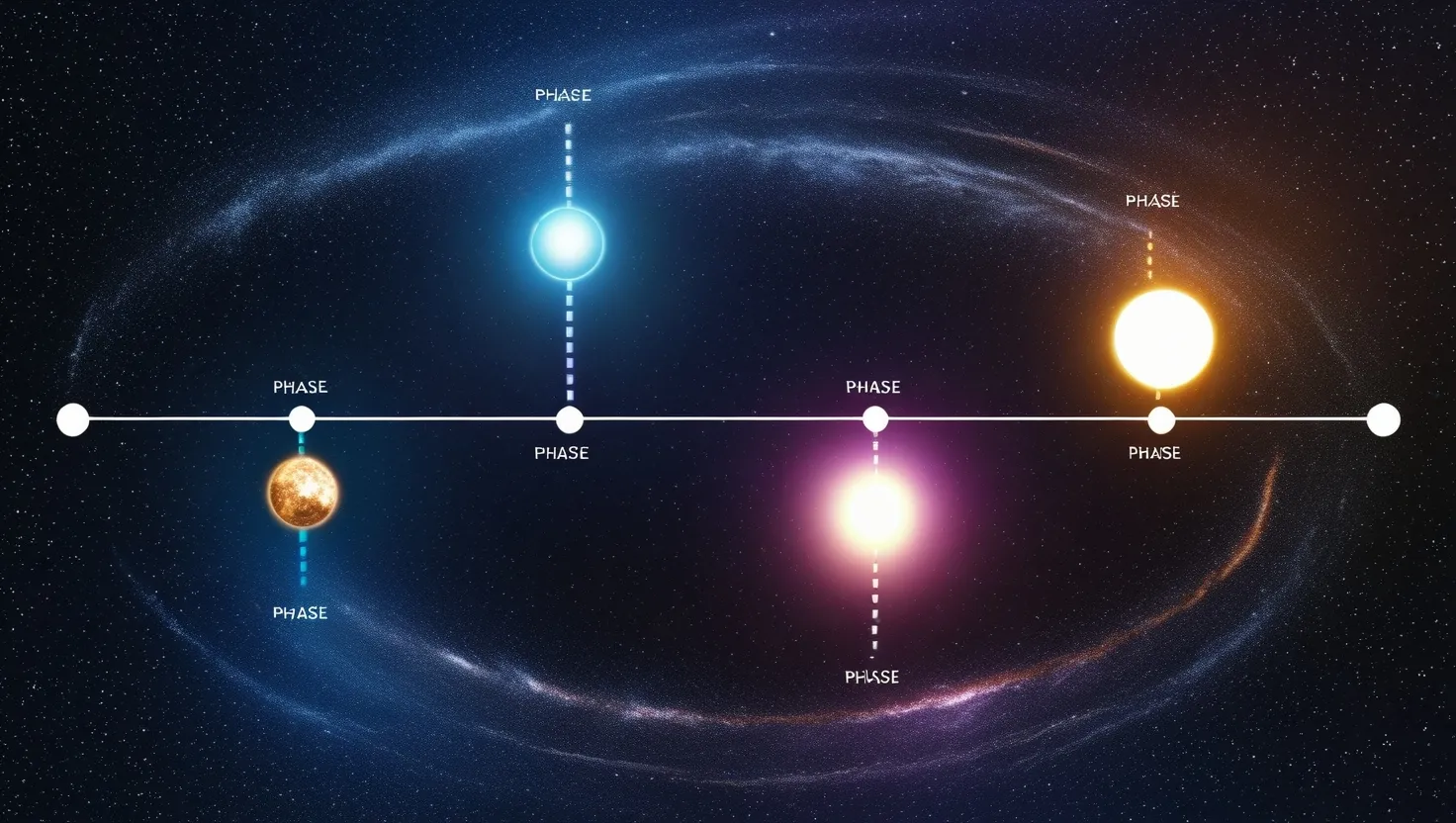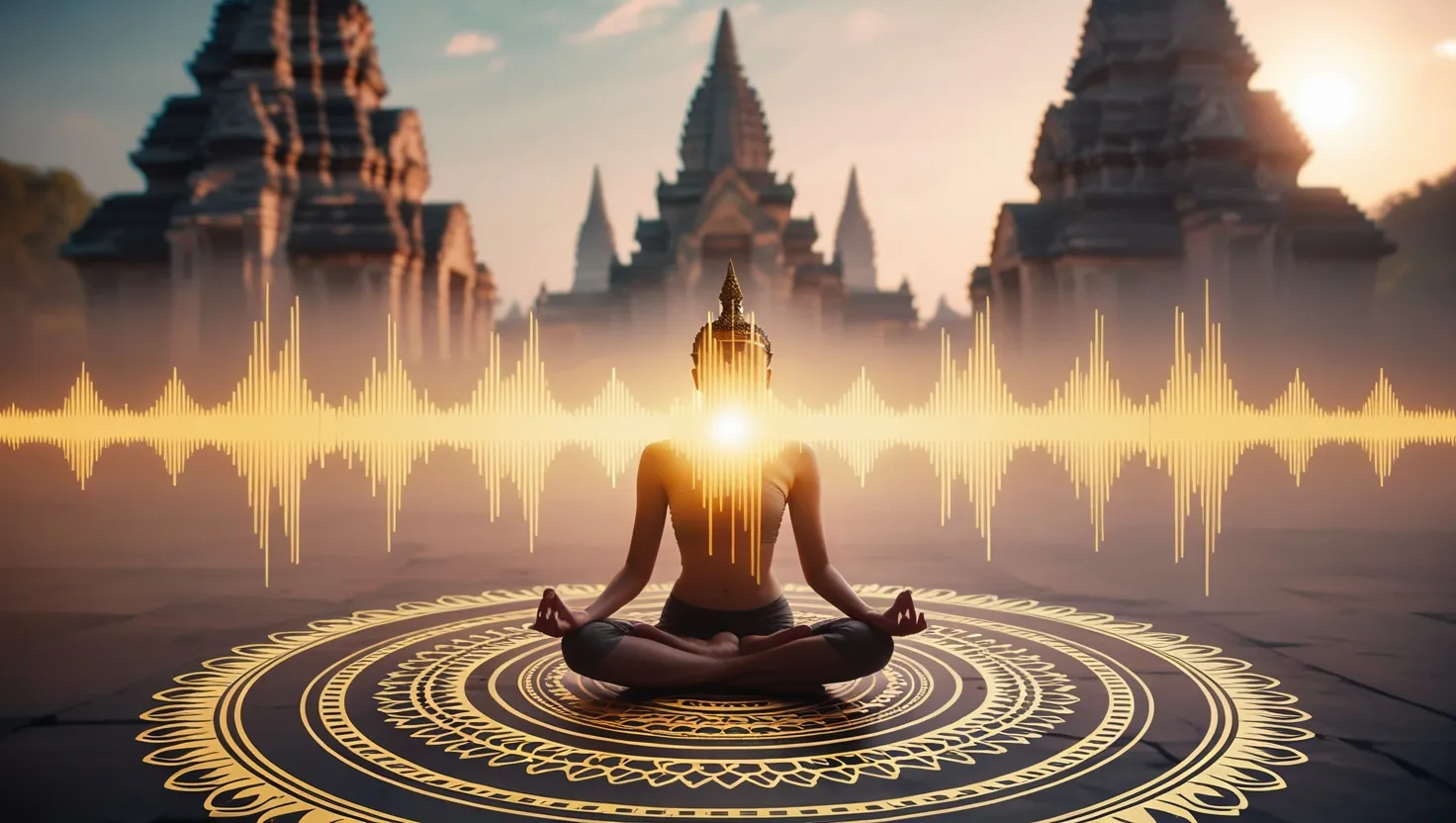The Chandogya Upanishad is a pretty amazing text in Hindu philosophy that has been around for centuries. Part of the Sama Veda, which is one of the oldest Hindu scriptures, it’s known for its poetic and musical vibe. No wonder it’s called “Chandogya” or “Chandogyopanishad,” meaning it comes from the Chandogya school.
Way back in the 8th to 6th centuries BCE, scholars pieced together this anthology of stories and philosophical chats. Although the exact dates are still up for debate, it’s clear the text has held a pivotal place in Hinduism for millenniums.
The Upanishad is split into eight chapters, each packed with verses, stories, and discussions. It’s like a woven tapestry that delves into speech, language, and music as tools for gaining knowledge and reaching salvation. It even sprinkles in ancient cultural elements, like musical instruments, which laid the groundwork for Vedanta, a big branch in Hindu philosophy.
One of its standout ideas is non-duality or Advaita Vedanta. This concept argues that the ultimate reality, called Brahman, is the same as the individual self, or Atman. The famous line “Tat tvam asi” or “That thou art” captures this, suggesting that we are not separate from the universe but a part of it.
There’s an interesting story about a boy named Svetaketu, who comes back home after studying the Vedas for 12 years. His dad, Uddalaka Aruni, notices he’s become quite arrogant. To set him straight, Uddalaka teaches Svetaketu about the interconnectedness of everything, using simple experiments and analogies. For instance, he talks about a seed and salt to show how the essence of Brahman is everywhere.
The Chandogya Upanishad has made a huge impact on Hindu philosophy. Adi Shankaracharya—an iconic figure in Hinduism—quoted it over 800 times! Other big names like Madhvacharya and Ramanujacharya also penned significant commentaries on it.
Even today, the Chandogya Upanishad is widely appreciated. Its teachings on the interconnectedness of all things and non-dual nature of reality strike a chord with many modern spiritual seekers. Plus, the text’s focus on language and music makes it a unique gem for those interested in Hindu cultural and philosophical heritage.
In essence, the Chandogya Upanishad is a cornerstone of Hindu thought. It dives into the nature of reality, interconnectedness, and non-duality, influencing countless scholars and spiritual enthusiasts over the years. It’s definitely a source of timeless inspiration and wisdom.
